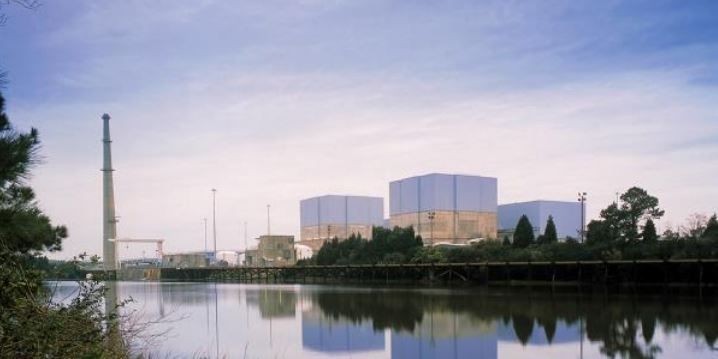 The Supreme Court ruled 6-3 Thursday that some groundwater falls under the Clean Water Act.
The Supreme Court ruled 6-3 Thursday that some groundwater falls under the Clean Water Act.
“The Clean Water Act forbids the ‘addition’ of any pollutant from a ‘point source’ to ‘navigable waters’ without the appropriate permit from the Environmental Protection Agency (EPA),” began Justic Breyer in the opinion of the court for the County of Maui v. Hawaii Wildlife Fund.
Supporter Spotlight
“Suppose, for example, that a sewage treatment plant discharges polluted water into the ground where it mixes with groundwater, which, in turn, flows into a navigable river, or perhaps the ocean. Must the plant’s owner seek an EPA permit before emitting the pollutant?” he continued. “We conclude that the statutory provisions at issue require a permit if the addition of the pollutants through groundwater is the functional equivalent of a direct discharge from the point source into navigable waters.”
The opinion continues that many factors may be relevant to determining whether a particular discharge is the functional equivalent of one directly into navigable waters.
“Time and distance will be the most important factors in most cases, but other relevant factors may include, e.g., the nature of the material through which the pollutant travels and the extent to which the pollutant is diluted or chemically changed as it travels,” according to the document.
The County of Maui v. Hawaii Wildlife Fund states that Maui County’s wastewater reclamation facility collects sewage from nearby, partially treats it, and pumps every day about 4 million gallons of treated water into the ground through four wells, which travels about a half mile through groundwater into the Pacific Ocean.
The environmental groups brought a citizens’ Clean Water Act suit in 2012 alleging that Maui was discharging a pollutant into navigable waters without the required permit.
Supporter Spotlight
The District Court found that the discharge from Maui’s wells into the nearby groundwater was “functionally one into navigable water,” and granted summary judgment to the environmental groups. The Ninth Circuit affirmed, stating that a permit is required when “pollutants are fairly traceable from the point source to a navigable water.”
Breyer wrote that “In sum, we consequently understand the permitting requirement, as applicable to a discharge (from a point source) of pollutants that reach navigable waters after traveling through groundwater if that discharge is the functional equivalent of a direct discharge from the point source into navigable waters.”







